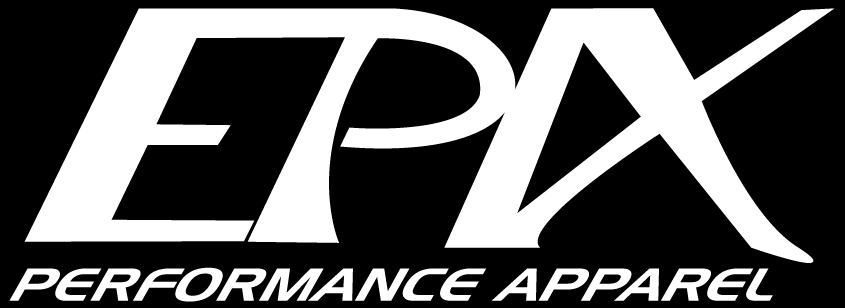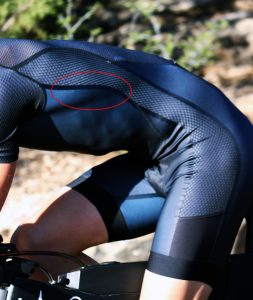Doing a triathlon is hard. Doing it while your skin is being cut up by your tri suit- that’s brutal. That should not happen and we at Epix work hard to make sure it doesn’t. One of the ways to achieve this is innovative and comfort-focused pattern design. A pattern is the way the pieces of fabric that make up your tri suit are cut prior to assembly. Every brand has their own patterns which affect every aspect of how the garment fits and feels. We follow 3 general rules when making our patterns:
- Reduce seams, reduce chafing

If you have ever had a bad case of chafing, chances areit happened along a stitching line. This is because the thread itself is much more abrasive than the fabric. Using a stretchable, low-profile flat-lock stitching method does a lot to reduce this, but the choice of where to put that stitching line also matters. Our policy is therefore to reduce the amount of stitching lines on the garment. Some brands seem to put stitching lines down just for the sake of putting them down….who needs 4 side panels? Why do you need a waistline stich on a 1-piece tri suit? Our answer to questions like this is- you don’t. A waistline stitch is normally just an indication that the brand was lazy and literally decided to stitch a top and bottom together to make a single piece!

Minimizing stitching lines simply reduces those areas prone to causing chafing.The argument for more panels and stitching lines is you can better tailor the fit and vary the materials more. While these are valid points, an excellent fit and material balance can still be achieved with the minimalist approach to stitching. Also, more stitching lines lead to a heavier item and depending on the stitching method used, a less functional, less stretchable piece.
- Move seams away from high-friction areas

Having a tight fit to reduce drag in the water and on the bike is a good thing. Paying for the tight fit with chafing scars is a bad thing. But you can have all the benefits with none of the drawbacks. We move our stitching lines away from those high-friction areas which greatly improves overall comfort. The under-arm area of our GoFierce tri suit is a perfect example- the side panel curves around towards the back, so that the area under the arm (which moves a lot while swimming freestyle) is clear of stitching lines.

- Follow anatomical lines

We can learn much about how best to design a tri suit by learning about human anatomy. You can see on this image how our tri suit stitching lines bear a resemblance to the human form. Following these natural lines and curves improves both fit and comfort. Creating tri apparel that does all the right things and none of the wrong ones is a tricky balancing act. We adjust and improve our patterns every season based on new methods of doing things as well as athlete’s feedback and our own experience. If you’ve owned any of the Epix tri suits from many years ago and compare them to our current offering, you’ll be able to see and feel this evolution very clearly. A lot of thought goes into making you comfortable and fast on race day and our apparel should never enter your mind while racing; except maybe to recognize supporters cheering about how cool you look!


